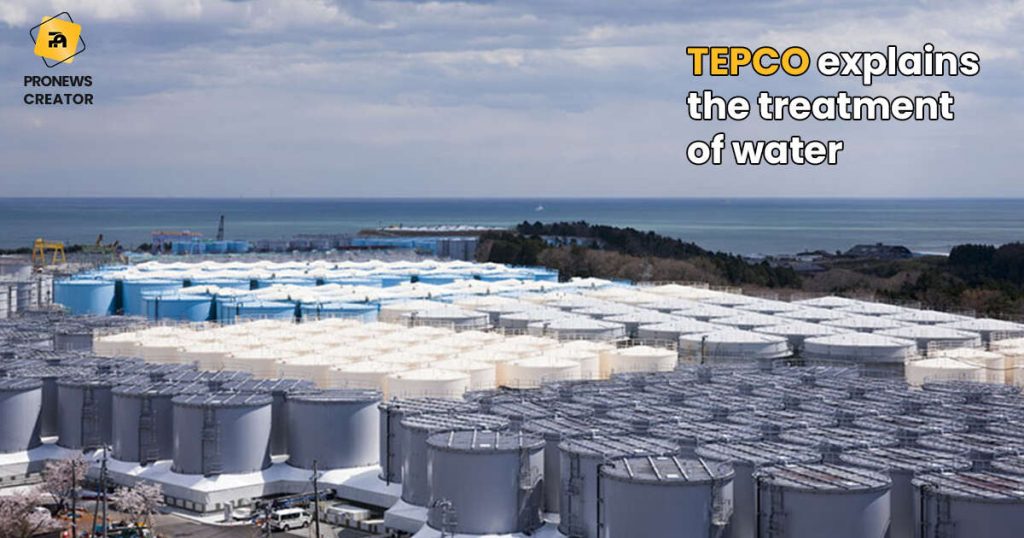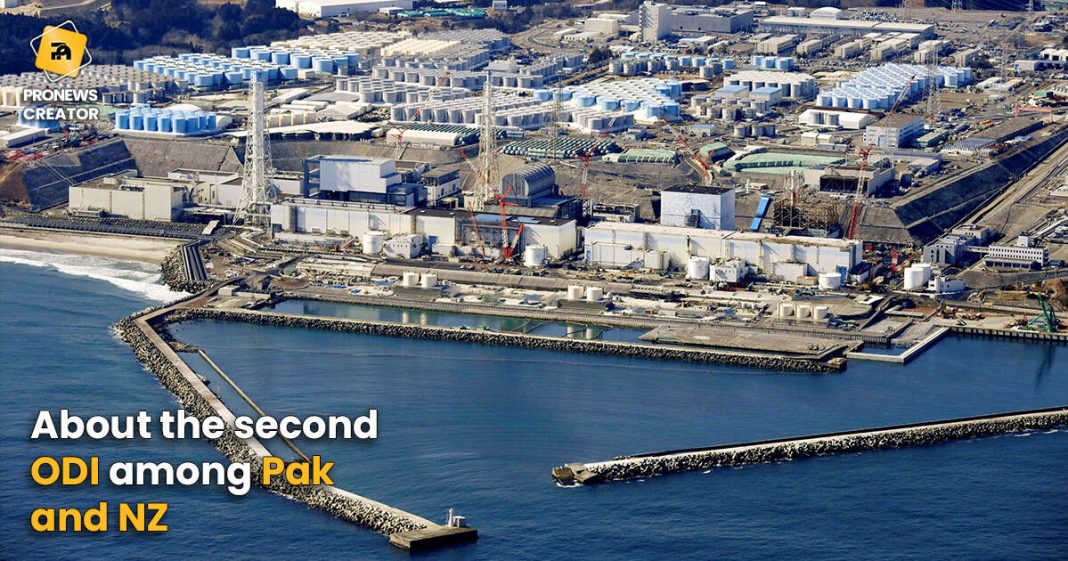Japan intends to begin conveying over 1,000,000 tons of treated water from the weakened Fukushima nuclear energy station into the sea this year, a top government delegate said today.
Details
International Atomic Energy Agency (IAEA) has embraced the arrangement. The government will hang on for “a complete report” by the UN watch canine before the movement, director division secretary Hirokazu Matsuno told essayists.
Cooling structures at the plant were overpowered, when an enormous undersea shake set off a wave in 2011, causing the most strangely unpleasant atomic calamity since Chernobyl.
Decommissioning work is in progress and expected to anticipate something like forty years.
Filtration of Water Process
The site made 100 cubic meters (3,500 cubic feet) of ruined water reliably in the April-November period last year.
It is a blend of groundwater, seawater, water that submerges the district, and water utilized for cooling.
They then water to take through different radionuclides and moved to restrict tanks, with more than 1.3 million cubic meters nearby right now and space running out.
“The government, by and large, will propel the best possible level of tries to guarantee flourishing and go to preventive lengths against horrendous reports.”
The remarks are too enthusiastic worries raised by lining nations and neighborhood fishing networks about the movement plan.
Fishermen in the space dread reputational hurt from the movement, coming about to pursuing for a genuinely delayed time frame to restore trust in their things through outrageous testing.

TEPCO Explains the Treatment of Water
Plant manager TEPCO says the treated water fulfills national principles for radionuclide levels, next to one section, tritium, which specialists say is only hazardous to people in huge portions.
It hopes to cripple the water to decrease tritium levels and transport it seaward for more than numerous years through a one-kilometer-long (0.6-mile) brought down the pipe.
The IAEA has said the transport fulfills overall standards and “won’t truly hurt any the climate”.
Provincial neighbors, including China and South Korea, and get-togethers like Greenpeace, have rebuked the course of action.

Disaster Around the Fukushima Plant
The Walk 2011 catastrophe in upper east Japan left around 18,500 individuals dead or missing, most killed by the torrent.
The government ordered endless occupants around the Fukushima plant to clear their homes or decided to do as needed.
Around 12% of the Fukushima, locale was once expressed as perilous.
However, at this point, districts cover around two percent, no matter whether the communities in different towns stay far lower than now.


